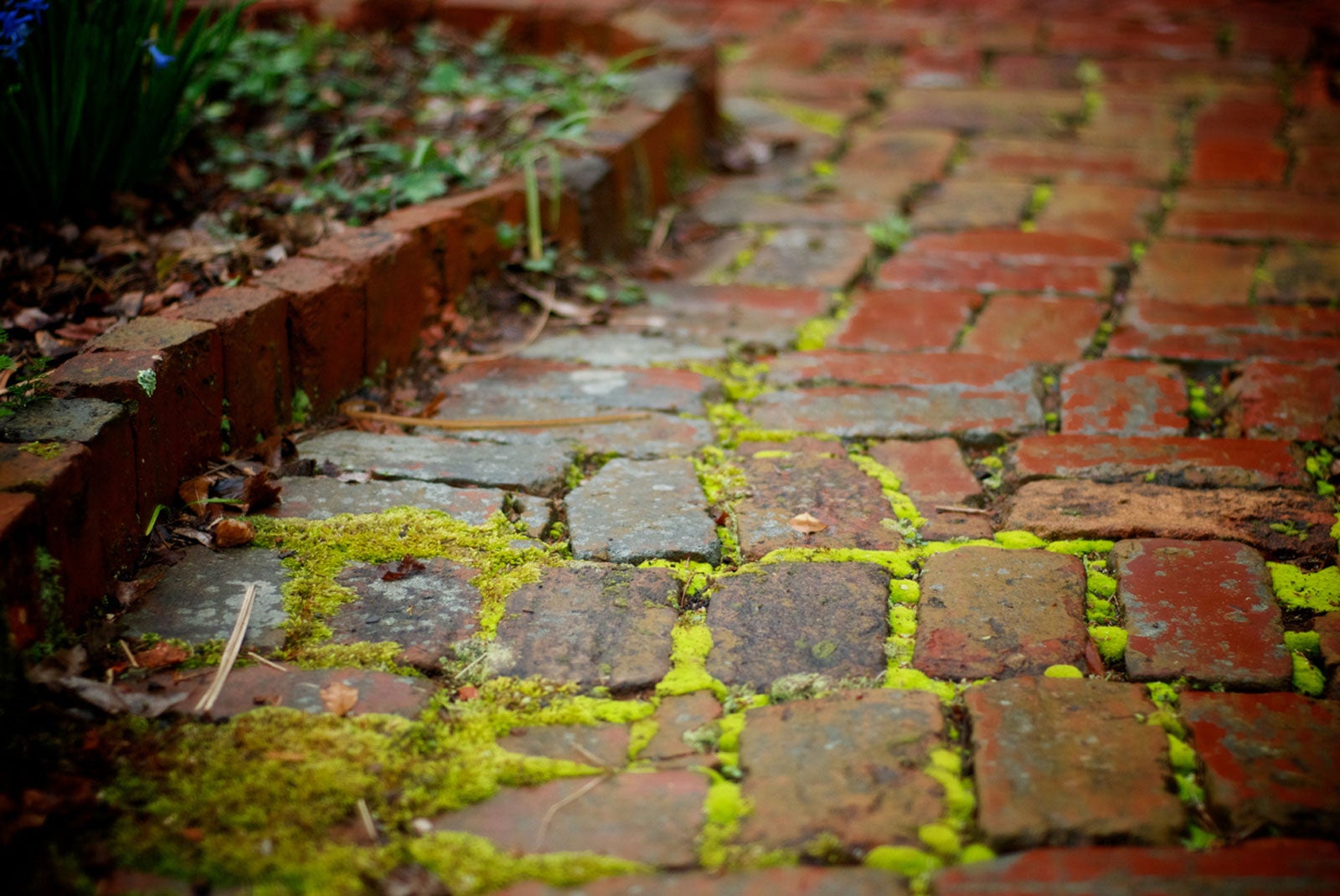Brick Edging Frost Heave Issues – How To Stop Brick Heaving In The Garden


Brick edging is an effective way to separate your lawn from a flower bed, garden, or driveway. Although installing a brick edging takes a bit of time and money at the outset, it will save you tons of effort down the road. However, while brick is relatively easy to install, your hard work will be lost if brick edging frost heave pushes the bricks out of the ground.
Read on for tips on how to stop brick heaving from happening.
About Brick Edging Frost Heave
Frost heave is caused when freezing temperatures cause moisture in the soil to turn into ice. The soil expands and is pushed upward. Brick frost heave is common in cold weather climates, especially in late winter or early spring. It’s generally worse when winters are exceptionally cold, or if the ground freezes suddenly.
If you’re lucky, the bricks will settle when the weather warms in spring, but this isn’t always the case. The key to preventing bricks from heaving is good drainage and proper preparation of the ground to prevent water from puddling near the surface of the soil.
Prevention of Brick Frost Heave
Dig a trench, removing the sod and topsoil to a depth of least 6 inches (15 cm.), or slightly more if the soil drains poorly, or if you live in a cold winter climate.
Spread about 4 inches (10 cm.) of crushed rock in the trench. Tamp the crushed gravel with a rubber mallet or a piece of lumber until the base is flat and solid.
Once the gravel base is firm, cover it with approximately 2 inches (5 cm.) of coarse sand to prevent frost heave. Avoid fine sand, which won’t drain well.
Sign up for the Gardening Know How newsletter today and receive a free copy of our e-book "How to Grow Delicious Tomatoes".
Install the bricks in the trench, one brick at a time. When the project is completed, the bricks should be ½ to 1 inch (1-2.5 cm.) above the surface of the surrounding soil. You may need to add more sand in some places and remove it in others.
Tap the bricks firmly into place with your board or rubber mallet until the top of the bricks is even with the surface of the soil. Once the bricks are in place, spread sand over the bricks and sweep it into the gaps between bricks. This will firm the bricks into place, thus preventing bricks from heaving.

A Credentialed Garden Writer, Mary H. Dyer was with Gardening Know How in the very beginning, publishing articles as early as 2007.